Wai Pan Wong
CLICKER: A Computational LInguistics Classification Scheme for Educational Resources
Dec 16, 2021
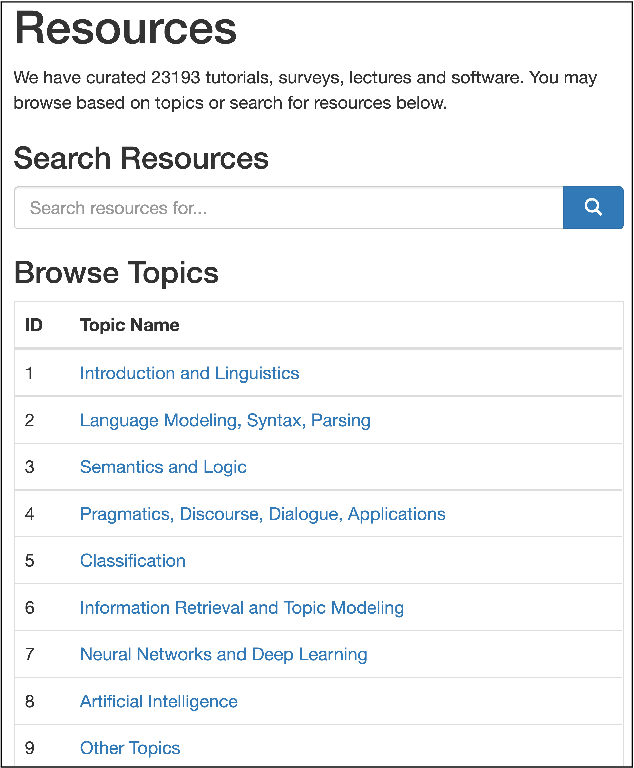
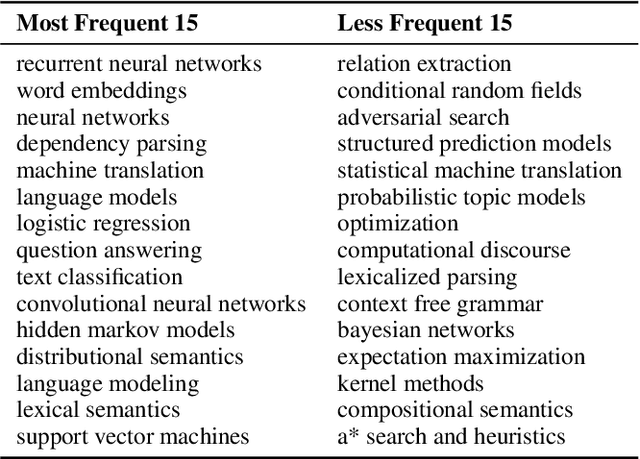
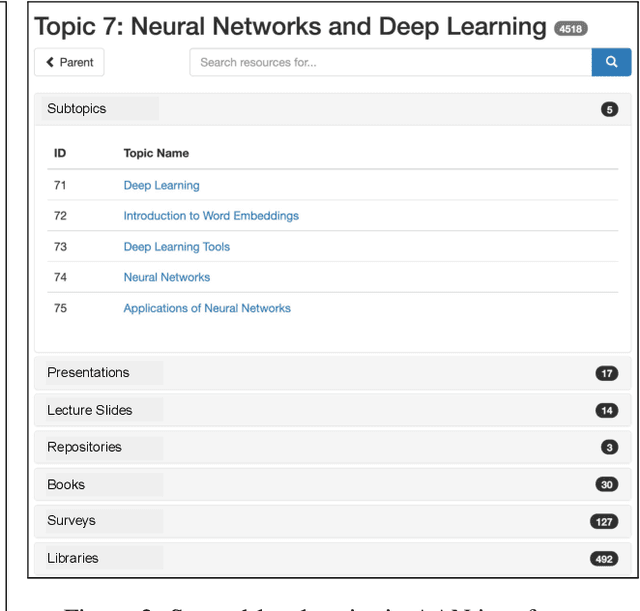
Abstract:A classification scheme of a scientific subject gives an overview of its body of knowledge. It can also be used to facilitate access to research articles and other materials related to the subject. For example, the ACM Computing Classification System (CCS) is used in the ACM Digital Library search interface and also for indexing computer science papers. We observed that a comprehensive classification system like CCS or Mathematics Subject Classification (MSC) does not exist for Computational Linguistics (CL) and Natural Language Processing (NLP). We propose a classification scheme -- CLICKER for CL/NLP based on the analysis of online lectures from 77 university courses on this subject. The currently proposed taxonomy includes 334 topics and focuses on educational aspects of CL/NLP; it is based primarily, but not exclusively, on lecture notes from NLP courses. We discuss how such a taxonomy can help in various real-world applications, including tutoring platforms, resource retrieval, resource recommendation, prerequisite chain learning, and survey generation.
Neural Natural Language Processing for Unstructured Data in Electronic Health Records: a Review
Jul 07, 2021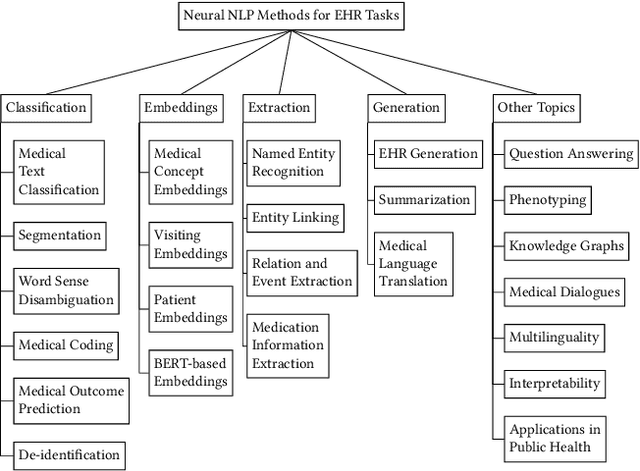
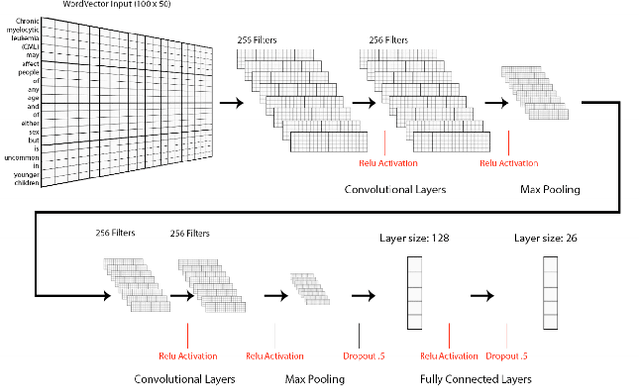
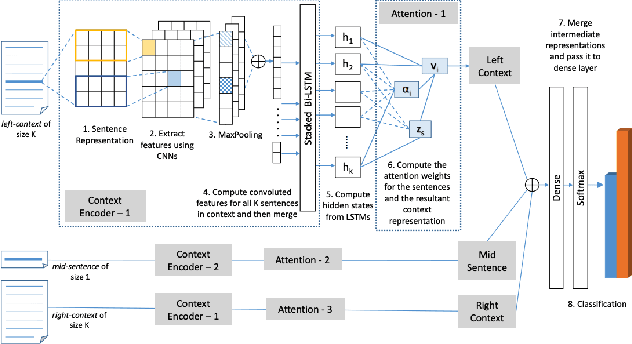

Abstract:Electronic health records (EHRs), digital collections of patient healthcare events and observations, are ubiquitous in medicine and critical to healthcare delivery, operations, and research. Despite this central role, EHRs are notoriously difficult to process automatically. Well over half of the information stored within EHRs is in the form of unstructured text (e.g. provider notes, operation reports) and remains largely untapped for secondary use. Recently, however, newer neural network and deep learning approaches to Natural Language Processing (NLP) have made considerable advances, outperforming traditional statistical and rule-based systems on a variety of tasks. In this survey paper, we summarize current neural NLP methods for EHR applications. We focus on a broad scope of tasks, namely, classification and prediction, word embeddings, extraction, generation, and other topics such as question answering, phenotyping, knowledge graphs, medical dialogue, multilinguality, interpretability, etc.
 Add to Chrome
Add to Chrome Add to Firefox
Add to Firefox Add to Edge
Add to Edge